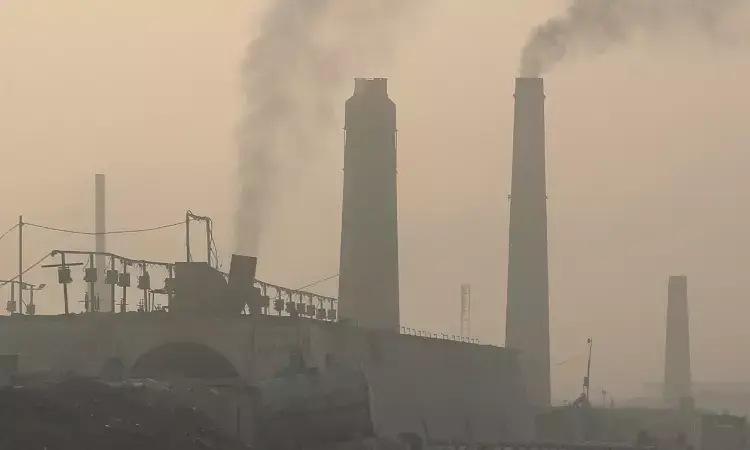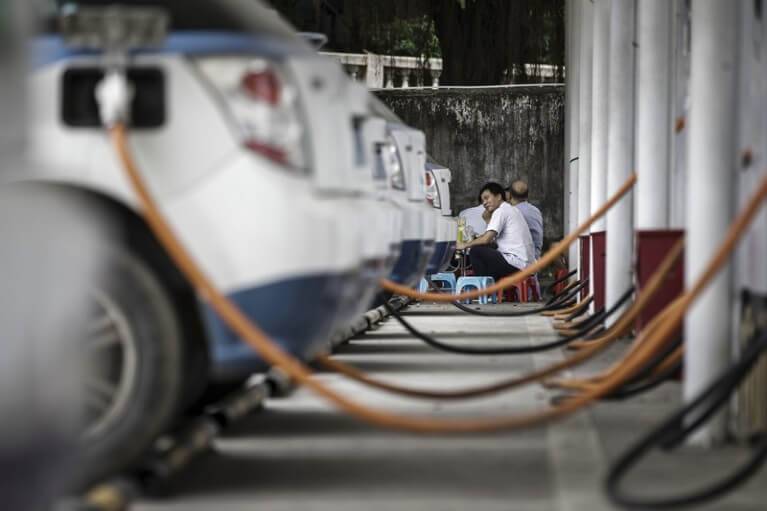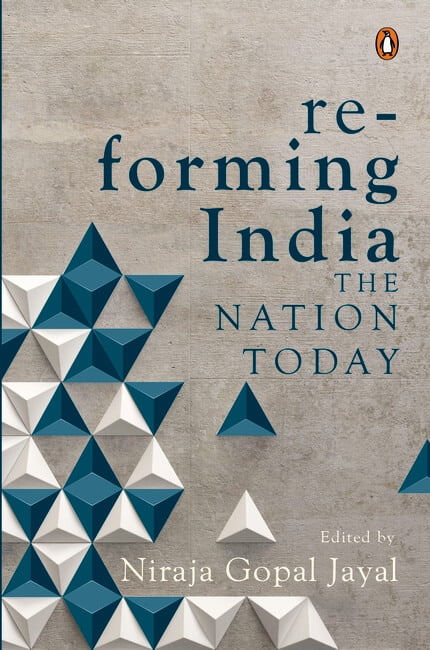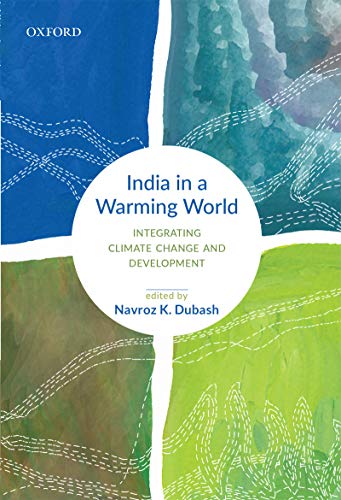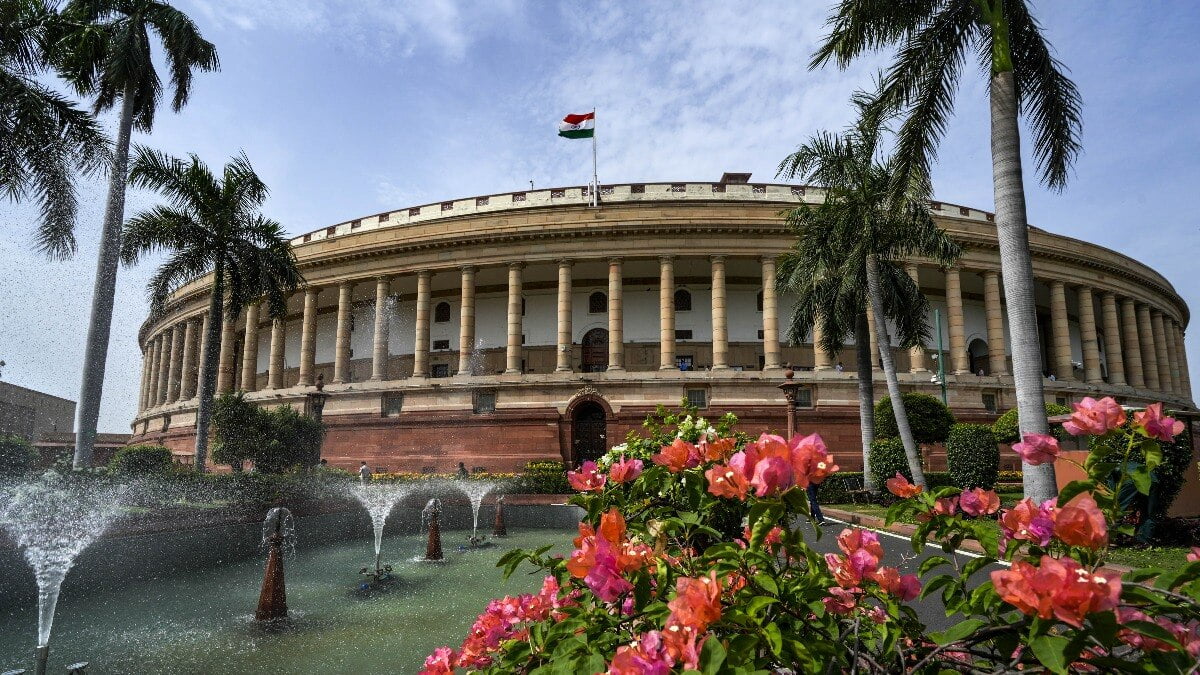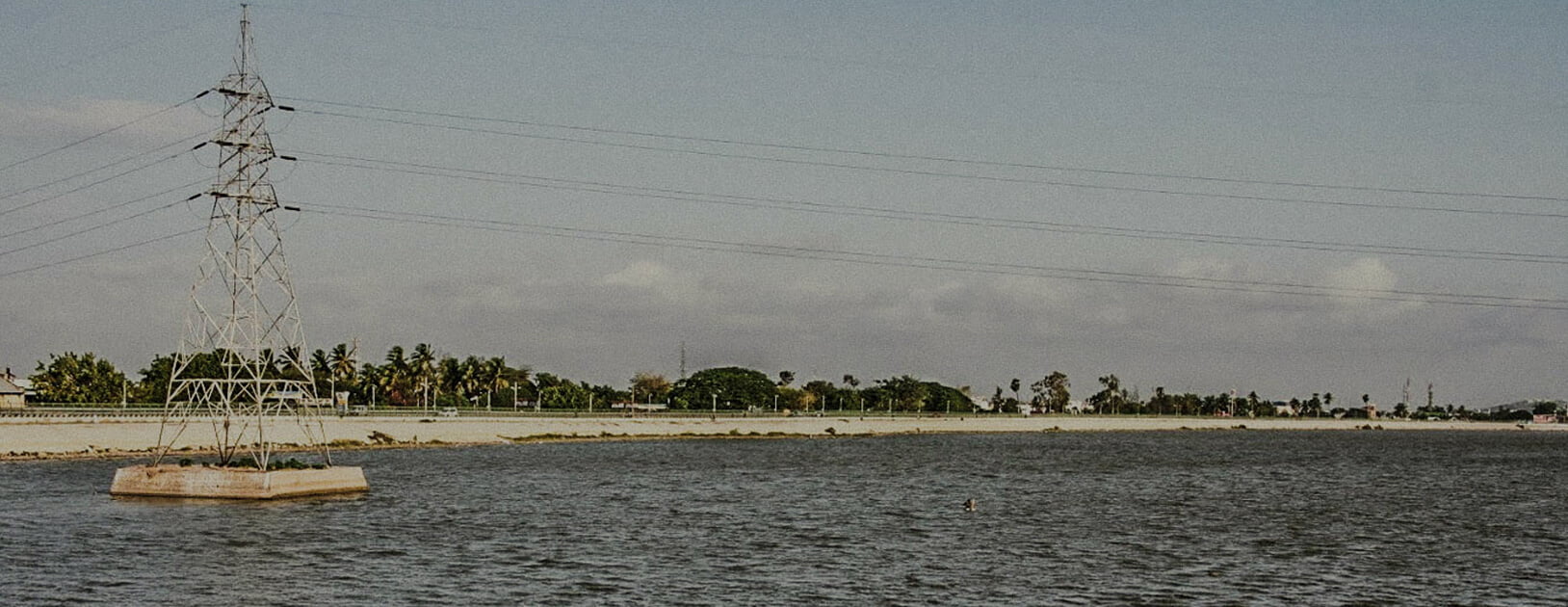Summary
The Sustainable Development Goals and the Paris Agreement pose new conceptual challenges for energy decision makers by compelling them to consider the implications of their choices for development and climate mitigation objectives. This is a nontrivial exercise as it requires pragmatic consideration of the interconnections between energy systems and their social and environmental contexts and working with a plurality of actors and values. There are an increasing number of indices, frameworks and academic studies that capture these interconnections, yet policy makers have relatively few ex-ante tools to pragmatically aid decision-making. This paper, based on a collation of 167 studies, reviews how multi-criteria decision approaches (MCDA) are used in energy policy decisions to explicitly consider multiple social and environmental objectives, and the conceptual usefulness of doing so. First, MCDA can be used to distil a finite set of objectives from those of a large number of actors. This process is often political and objectives identified are aligned with vested interests or institutional incentives. Second, MCDA can be used to build evidence that is both qualitative and quantitative in nature to capture the implications of energy choices across economic, environmental, social and political metrics. Third, MCDA can be used to explore synergies and trade-offs between energy, social and environmental objectives, and in turn, make explicit the political implications of choices for actors. The studies reviewed in this paper demonstrate that the use of MCDA is so far mainly academic and for problems in the Global North. We argue for a mainstreaming of such a multi-criteria and deliberative approaches for energy policy decisions in developing countries where trade-offs between energy, development and climate mitigation are more contentious while recognizing the data, capacity and transparency requirements of the process.
Read more

